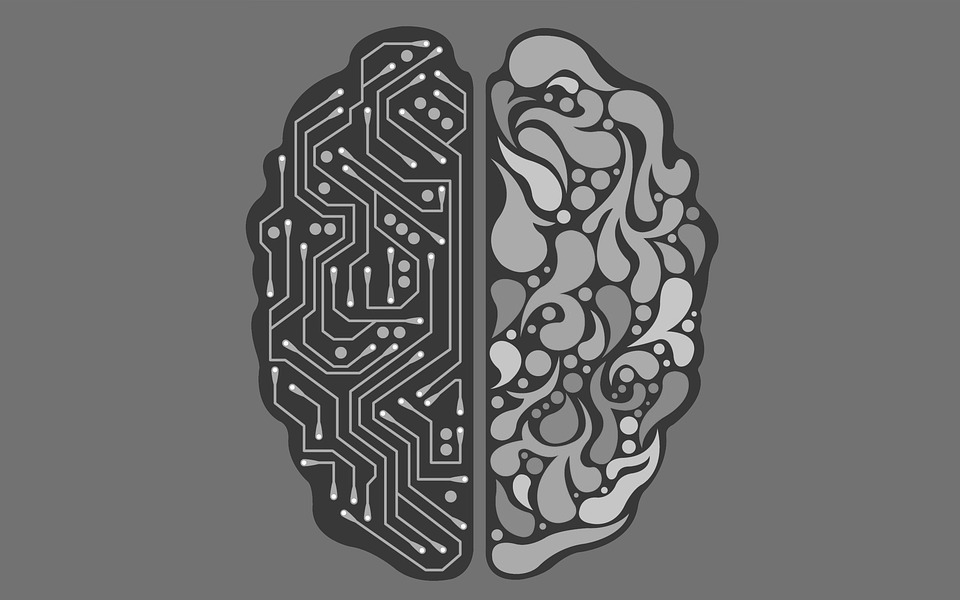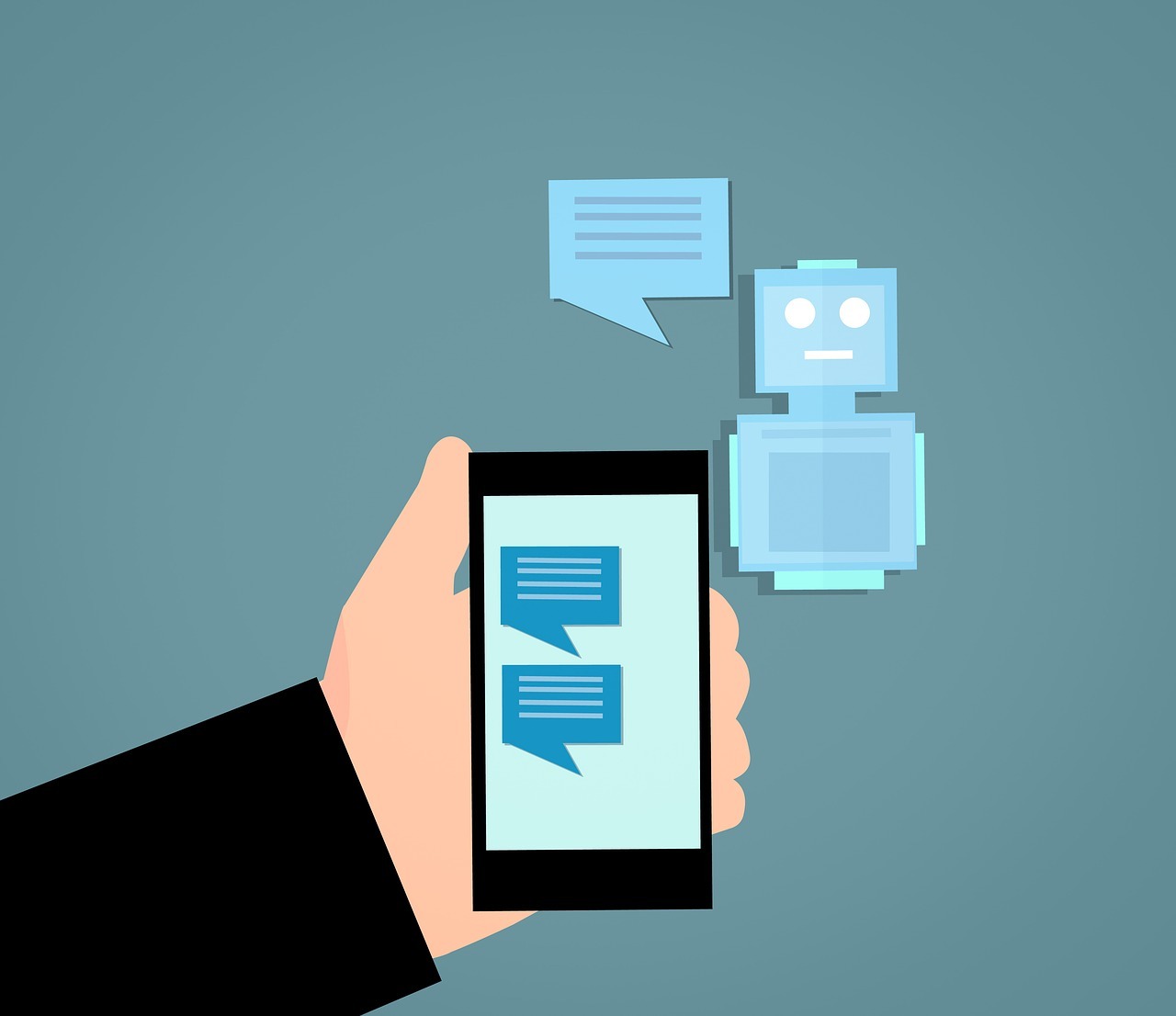As a point of contact for your customers, your chatbot needs to be able to process inputs in various forms and respond effectively in the appropriate brand voice. One such way of accomplishing this is to use machine learning, which can help to build a conversational chatbot who can engage in a natural, two-way conversation. In this article, we take a look at what machine learning is, and how it can both help and hinder your chatbot and business.
What is Machine Learning and Why is it Used?

Chatbots provide answers to a customer’s question using a set of scripted responses, just as a human on a help desk would. A scripted chatbot can be an excellent solution for many businesses, but can be time-consuming for developers who are required to load in answers when new scenarios arise to improve efficiency. This is where Machine Learning can help in the long-run, as it can learn these responses from customer interactions, reducing the need for much human intervention.
Machine learning is a type of artificial intelligence that sees the chatbot learn from experiences with customers and use this data to improve future customer encounters. By using an algorithm, the chatbot will develop on its own without much, if any, human intervention.
The more conversations the chatbot has, the better it becomes at interpreting the information provided. Eventually, the chatbot recognises and deciphers factors such as context, the tone of a conversation and the structure of sentences. Learning from previous conversations can allow the chatbot to form more relevant responses to customers. Furthermore, it will even start to predict how the conversation will unfold, allowing the chatbot to plan ahead and prepare potential answers. All of these benefits can help to produce faster response times for the chatbot. A quicker response time is likely to make each customer feel more valued, enhancing their experience with the brand. This is particularly useful for companies with smaller customer service teams, as a chatbot can help reduce the waiting time for responses. In addition to this, from the business side, customer service staff can save time and resources, allowing them to focus their attention on the more complex enquiries from customers.
Should You Use Machine Learning?

Even the most advanced machine learning chatbots will fail to get their task right from time to time. With the vast majority of machine learning chatbots operating at a lower capability than these advanced chatbots, it is quite likely that a machine learning chatbot will experience some shortcomings.
Chatbots Can Learn the Wrong Thing
Machine learning doesn’t work with predetermined replies but generates a response by learning from previous conversations. Because of this, the chatbot can come to learn the wrong thing, which can prove detrimental to your customer service. For example, an incorrect response may be given to a question or the chatbot may respond to a customer query with a sentence that contains grammatical mistakes or spelling errors, as it may have learnt this from a prior conversation.
Machine Learning Takes a Long Time to Develop Properly
Chatbots which use machine learning require large amounts of data to develop into a useful tool. For a chatbot to learn correct and helpful responses to customer queries, tens of thousands of input and output examples will be needed to learn even the most basic answers. This can take months, rendering the bot as an inefficient tool for many businesses, especially smaller companies which may not receive as many customer enquiries. Therefore, the first months of using your chatbot can provide some unsatisfactory results for your customers, or leave questions unanswered, which can result in a negative customer experience. The ramifications of which could be losing the customer to a competitor.
Many Established Chatbots Have Better Systems
If a customer asks a question or enquires about a service, it is most likely answerable by your team or an automatic FAQ-style response. The need for a machine learning bot to be adequately developed to supply an estimated response is a waste of business time. It is far simpler and more efficient to directly provide the chatbot with answers to anticipated questions.
Some businesses believe that machine learning is necessary to help deal with variations in language used in customer queries. For example, one customer may ask ‘when will my parcel be delivered?’ and another may ask ‘when will my order arrive?’; both of these questions mean the same thing but sound very different. While you may presume that machine learning would be required to ensure the chatbot interprets the variations in language correctly, natural language processing (NLP) can already accomplish this and direct the customer to the right information.
Using a well-designed chatbot by the experts at Hostcomm ensures that your customers receive quality answers every time, without having to turn to less reliable processes. Our team has extensive experience and knowledge in chatbot software design and implementation, so please get in touch to discover how our services can help your business.














